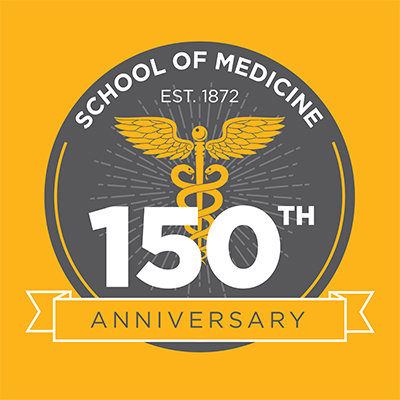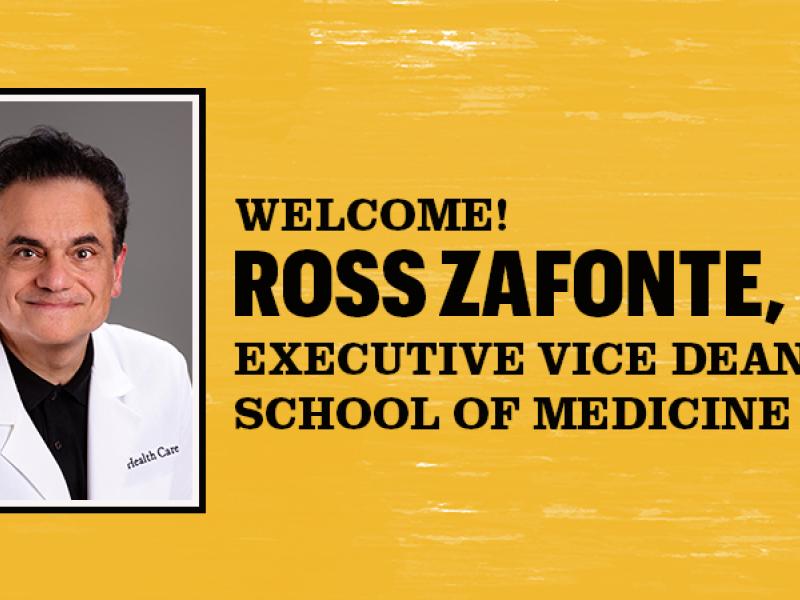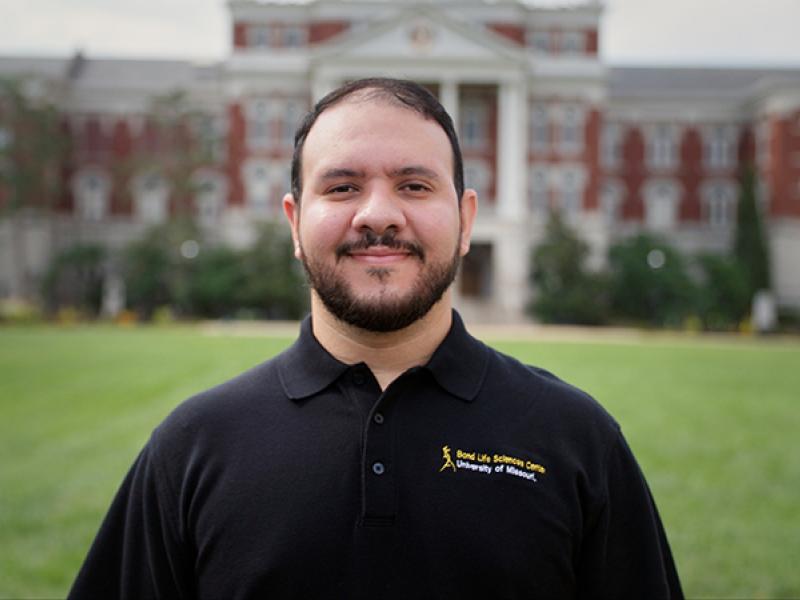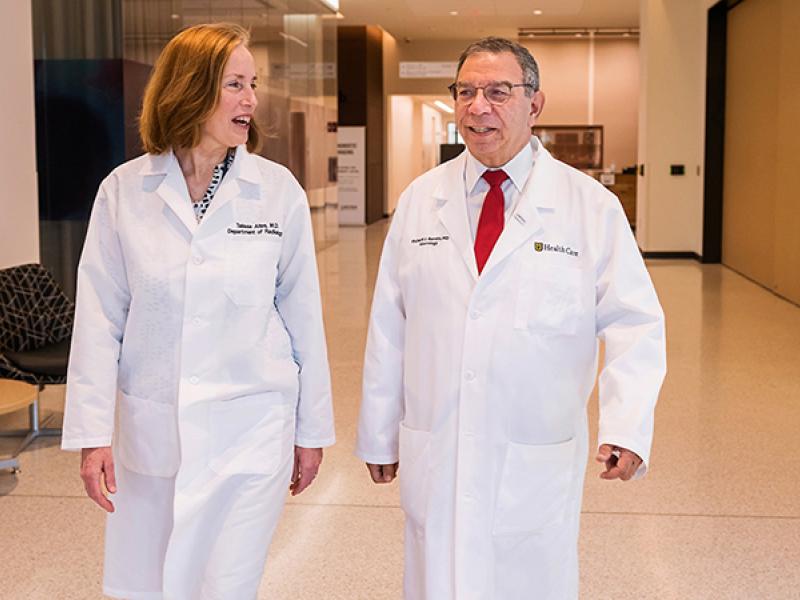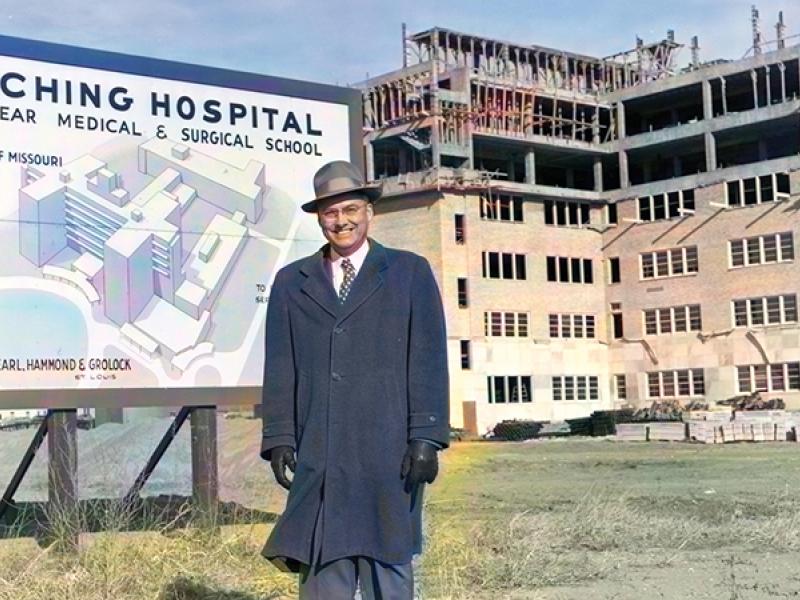The University of Missouri School of Medicine is proud to celebrate 150 years of training physicians, advancing research and providing patient-centered care in the heart of Missouri. As a pioneer in medical education from our founding as the first publicly supported medical school west of the Mississippi River to the creation of our patient-based learning (PBL) curriculum, we continually strive for excellence.
Through our rural scholars programs and the addition of our Springfield Clinical Campus in 2016, we are helping create solutions to rural physician shortages. Join us in reflecting on our school’s rich history and learn how we are working together to build our legacy.
A history of the School of Medicine
1872: The Medical Department on the University of Missouri-Columbia campus begins instruction with 15 students. It’s the first publicly funded medical school west of the Mississippi River. Dr. Joseph Norwood is the school’s first dean.

1900: Anna B. Searcy becomes the first woman to graduate from the University of Missouri with a degree in medicine.
1901: Parker Memorial Hospital is erected on campus as Columbia’s only hospital and one of the first teaching hospitals in the U.S.
1906: Caroline McGill, a 1905 medical school graduate, becomes the first woman to join the School of Medicine’s faculty. She was an instructor of anatomy.
1923: The school opens its second facility, Noyes Hospital.
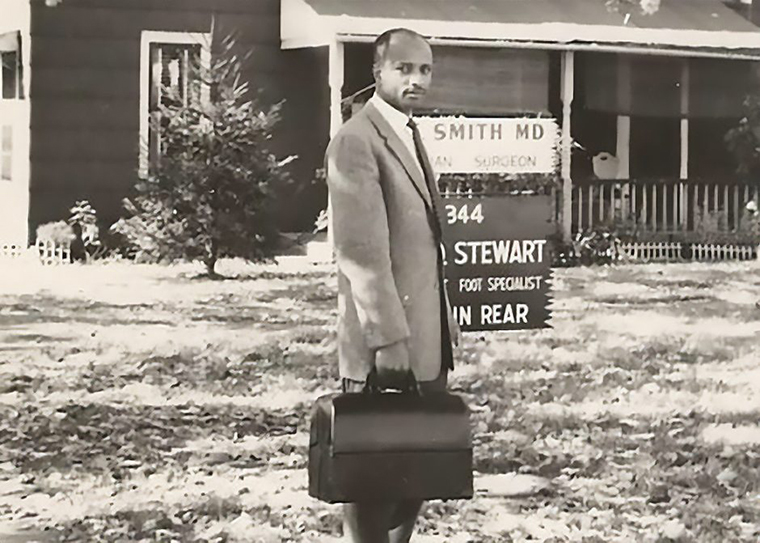
1953: Robert J. Smith becomes the first Black person to graduate from the School of Medicine. MU offered a two-year program then, and Smith finished his doctor of medicine degree at Meharry Medical College in Nashville, Tennessee.
1954: School alumnus Frederick C. Robbins, BS ’38, is part of a trio of researchers who receive the Nobel Prize in physiology or medicine for their breakthrough in isolating poliovirus in tissue culture, laying the groundwork for the polio vaccine.
1955: The School of Medicine institutes a four-year doctor of medicine degree program.
1956: University Hospital opens. Hugh E. Stephenson Jr., BA, BS Med ’43, professor of surgery at MU, performs the new hospital’s first procedure.
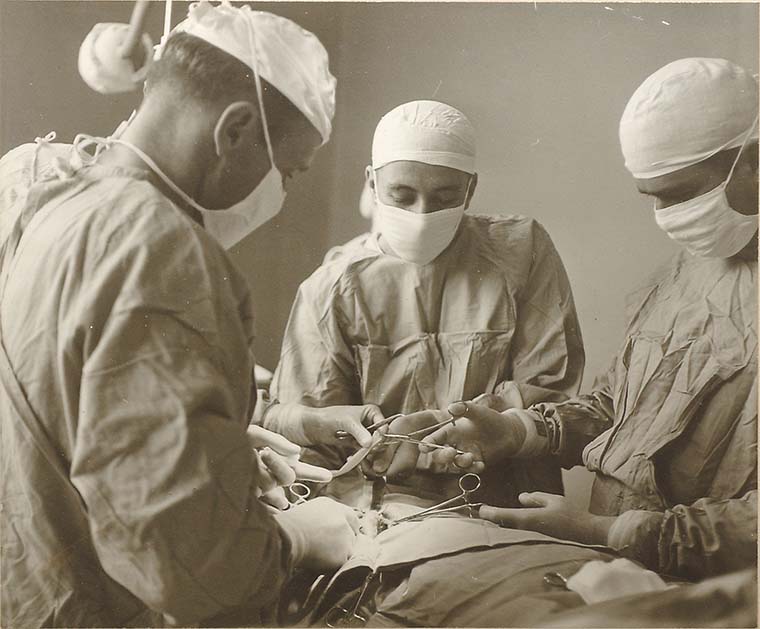
1958: Stephenson performs the first open-heart surgery in mid-Missouri at the new University Hospital.
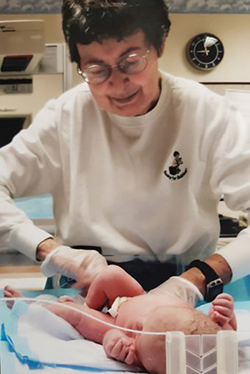
1972: Betty James, MD ’65, opens MU’s first neonatal-perinatal medicine program and the school’s first neonatal intensive care unit.
1977: Karl D. Nolph, chief of the School of Medicine’s Division of Nephrology and Hypertension, pioneers the development of continuous ambulatory peritoneal dialysis.
1993: The school overhauls its curriculum to shift focus from lectures to problem-based learning.
1999: S. Arshad Husain, professor of child psychiatry at MU known internationally for his work with children living in war zones and disaster areas, opens a center to train teachers and mental health providers in trauma and disaster psychiatry.
2008: Breast-cancer survivor Margaret Proctor Mulligan donates more than $6 million to endow 13 faculty research positions to study cardiovascular disease and breast cancer.
2016: In partnership with CoxHealth and Mercy Health systems, the school opens the Springfield Clinical Campus, where medical students can complete their last two years of training.
2017: The new Patient-Centered Care Learning Center is completed. The 97,000-square-foot expansion of the school was built to facilitate more patient-based learning.


